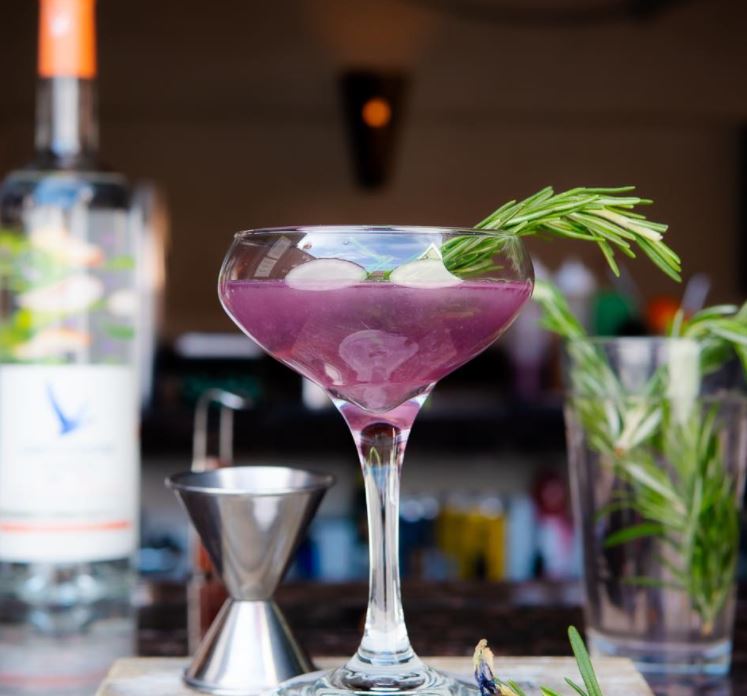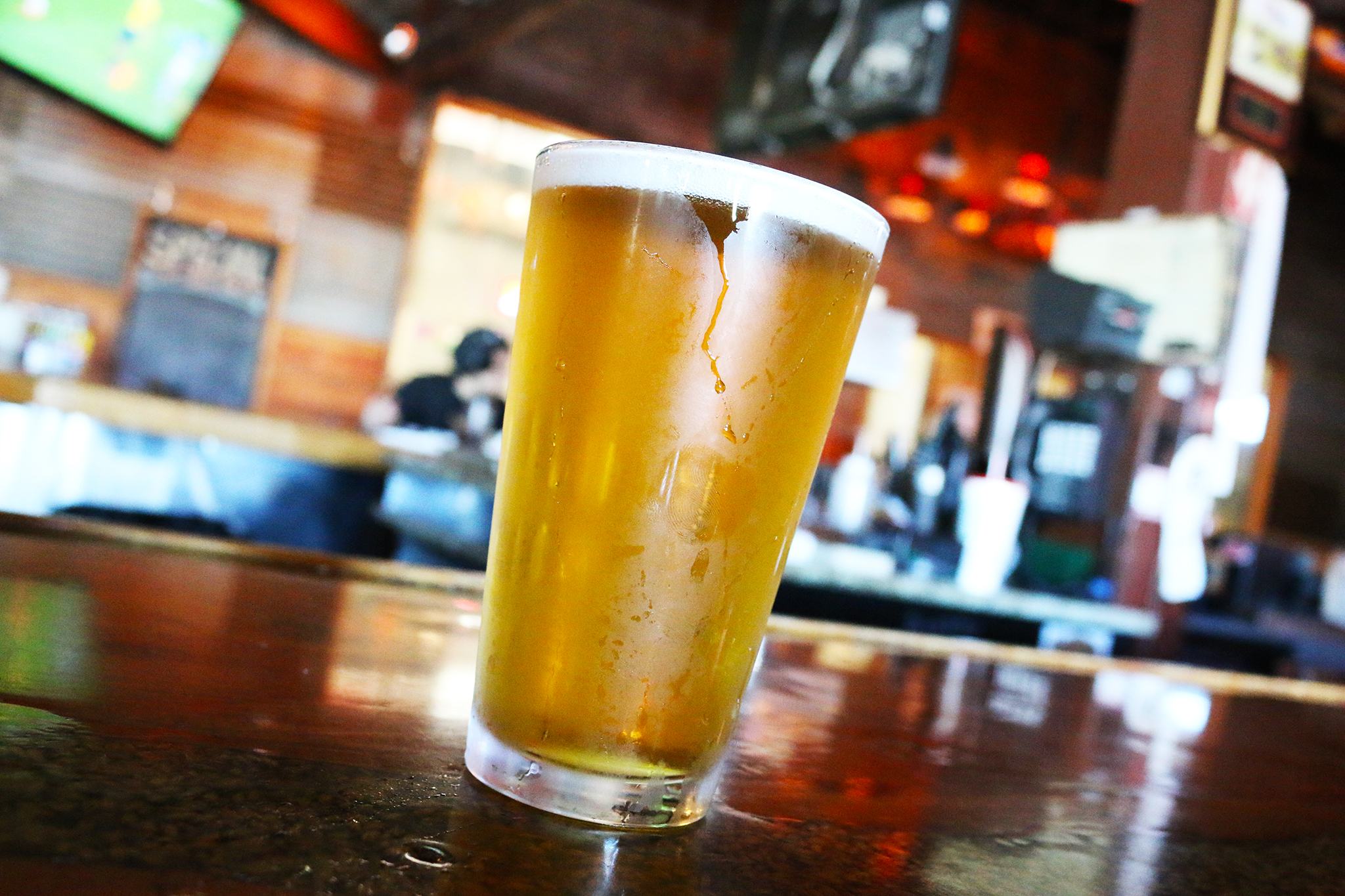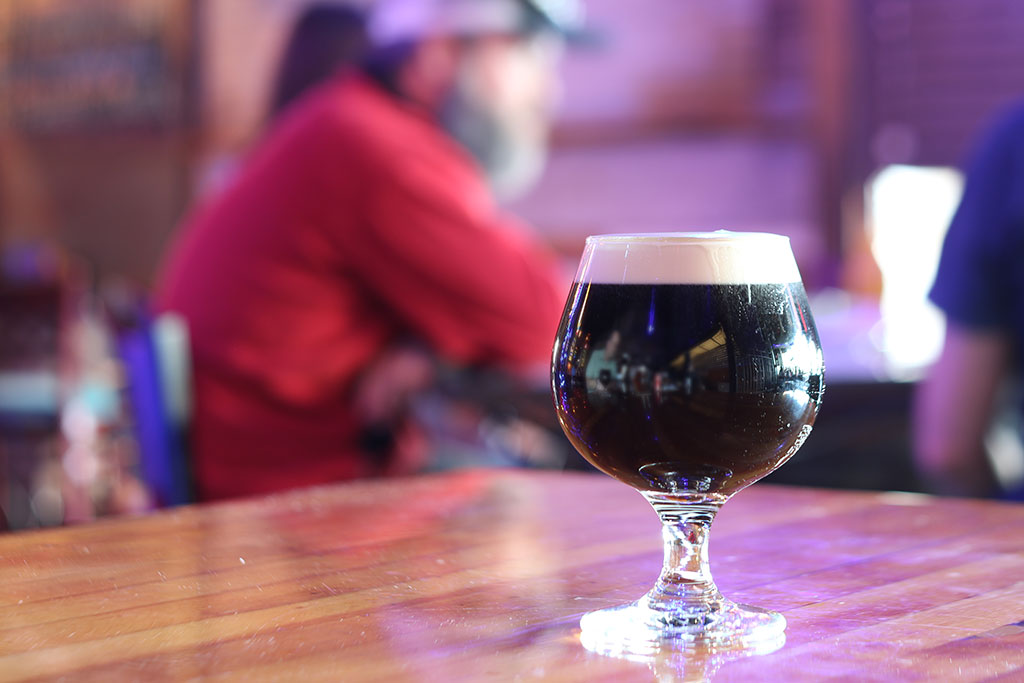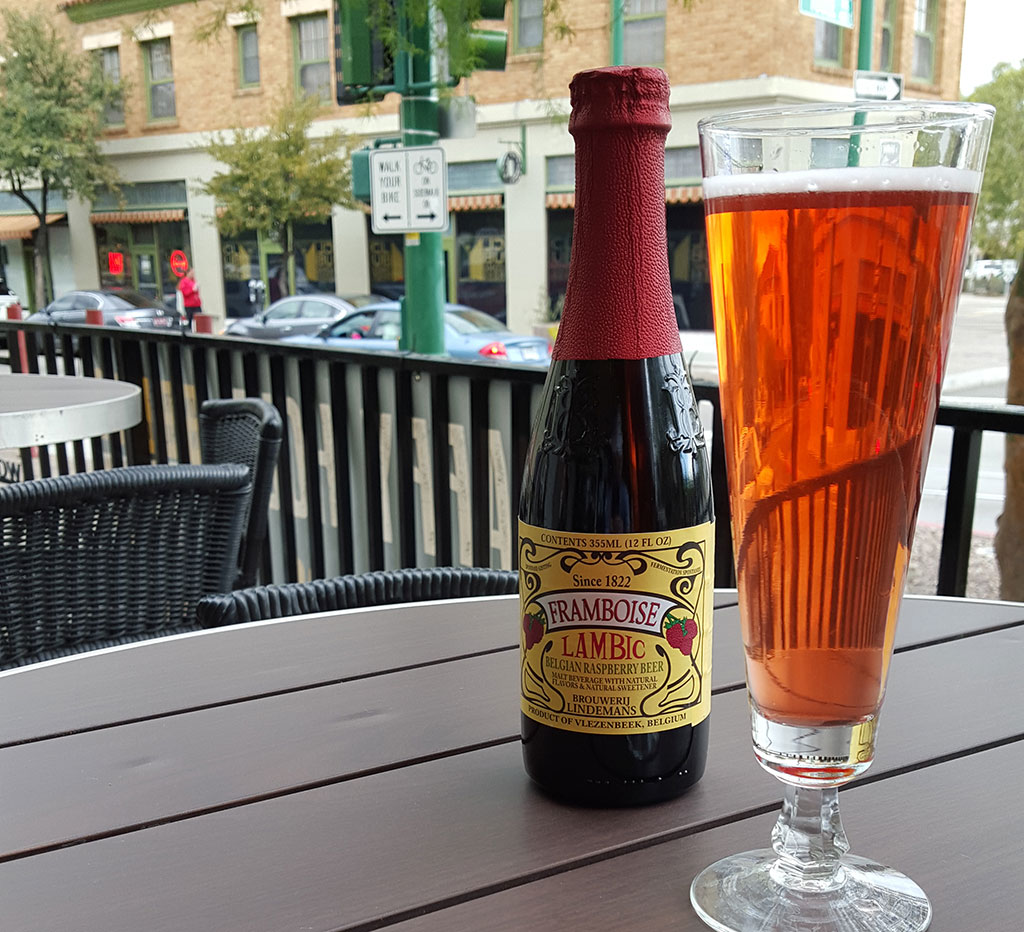
After working in craft beer bars for nearly a decade, I have had the pleasure of answering a ton of questions. Why is my beer so cloudy? Why can’t I just get a Bud Light? Why is there so much foam on top of my beer?
But there is absolutely no question that has been asked more than, “Why is my beer poured in such a small glass and his (or her’s) is in such a big one?”
This is one of the most controversial points when it comes to beer. For much of the country, beer comes in two sizes — 12 and 16 ounces. And the receptacles which contain them are made of aluminum or glass.
Now there are dozens of chalices that hold our favorite brews. Long and tall, short and squatty, hourglass-shaped, curved and bulbous — sounds like the most recent JC Penny’s catalogue.
But there is a method to all this glassware madness. Does it all make sense? Well, it depends on who you talk to. I’m sitting here typing with one hand while twisting away at my handlebar mustache. You probably know what I’m gonna say. But seriously, I can barely tell the difference between a Belgian quad served in a Belgian tulip glass from one served in a German weizen glass. I’m sure I just lost points on the beer geek scorecard, but whatever.
[pro_ad_display_adzone id=”10335″ padding=”14″]
So here is a breakdown of the most common styles of glassware. Much of this makes sense. Some of it depends on your own experience. Ultimately, just like what’s held within, it’s a matter of taste — and that is all up to you.

Let’s get the easiest out of the way first. The American pint glass is 16 ounces, while the European version, a.k.a., the imperial pint, is 20 ounces. These are both the most common that you will encounter in bars. They are easy to make, easy to stack, easy to clean — just easy in every way. They are most commonly used for the most common beers. Expect a one-inch head atop these low-to-mid ABV beers, regardless of style. Some, especially the European pints, come equipped with slight, bulbous ridges near the top. Pretty much just for show.

We’ve all seen the brandy or whiskey snifter before. But they are now very common in the beer world. Why? Well, it’s for the same reason — smell. You probably already knew this, but smell incorporates 70 percent of taste. And by “swirling” your drink, you agitate much of the densely hidden components of liquids. With most complex, high-ABV beers, a quick swirl will open up the beer, providing those important aromas to reach your nose before you drink. This is also common in wine, cognacs, whiskeys — heck, even general juices. Most beers that come in at above 8-percent ABV will be served in a snifter, which usually comes in between 10 and 13 ounces. Serving high-ABV beers in snifters has become an industry norm rather than a glassware-to-beer-style standard.

Often known as a Belgian Tulip, this glass has risen in fame in the U.S. during the past decade. It is very recognizable, with its bulbous midsection and flared rim. The point of this glass is to showcase the beer’s head — in both looks and smell — and capture much of the taste underneath. The flared rim promotes the optimal elements for your olfactory receptors just before indulging your taste buds on the highly textured and flavorful suds. At around 12 ounces, the Tulip is another small glass for a big beer, and one that really should be reserved for Belgian, Scottish, and sour beers.

Just from the name, you know this beer glass is coming straight out of Germany. And what do German’s like more than beer? (No really, I’d like to know.) Proper glassware for a hefeweizen, dunkelweizen, kristalweizen — you get the picture — is taken very seriously by Germans and German beer-fans. This 20-ounce imperial is hourglass-shaped, which keeps the flavor in the beer but promotes the all important aromas into the head. Unlike a few of the other glass styles presented here, the Weizen glass is extremely important for showcasing the color, density, and smell of wheat-based beers.

This conical-shaped glass is designed to showcase the colors and bubbling carbonation of pilsners and pale lagers. Honestly, I just don’t get it. I’ll say that it sure stands out amongst other beers on a waitress tray, or when taking a scenic look down the length of the bar. But does it help the taste of the beer? I’ll let you decide.
[pro_ad_display_adzone id=”10118″ padding=”14″]

Similar to the Pilsner glass, the flute is designed to showcase the look of certain beers, usually colorful, fruity Lambics. In fact, the Pilsner glass and the flute are pretty much the same, with the flute taking on a little more curved stature and more of a stem near its base. Again, this glass promotes its look more than its taste, although some argue the smaller rim pushes aromas closer to the drinker’s nose, thus enhancing taste. I’ll just take their word on that one.

Common throughout the U.S., this masterpiece of American ingenuity has been found in front of fraternity houses, within the beds of trucks, and often placed in triangular patterns on either side of a long table found in front of fraternity houses or within the beds of trucks. The brilliance of this receptacle is that it hides the actual beer within, so as to not embarrass those around. The wide mouth allows for optimal, quick consumption while bypassing all smell and taste. Designed for easy stacking, these plastic cups are durable and — besides holding beer — are perfect for transporting carnival-prize goldfish and shooting at with guns.
There are still more examples of glassware out there. And depending on where you go, you won’t even encounter the ones presented above. Like everything, we here at Beer Buzz encourage you to do your own responsible research. Does a hefeweizen really taste better in a weizen glass? Would it be super-freaky to drink a Russian imperial stout in a Belgian tulip? Hey, we don’t have the answers. But let us know what you think. For us, no matter what type of glass we’re talking about, it’s always half-full.